The future of branding is generative.
Why i’m betting on Gen‑ai, and the most common lies about it debunked.
I hesitated at first.
Not because I didn’t believe in the tech—but because I wasn’t sure I wanted to build my brand around it. Was generative AI just another hype wave? Another metaverse? Another NFT moment?
But over the last six months, something shifted.
I used the tools more deeply. I watched solo creators do things agencies couldn’t do a year ago. I saw brand teams adapt—or freeze. And I realized:
I’m a believer.
So I doubled down. I ended the podcast, created Marcel, and started sharing my view on what comes next.
Before we dive deeper into AI-powered brand-building, this is a step back.
Here are the lies I keep hearing (or told myself), and the flip side of how I see it.
❌ Lie #1: “It’s just another hype bubble like NFTs or the metaverse”
ChatGPT (2025): ~800 million weekly active users in only a few years- Source
NFTs (2024): 1.2 million active wallets at peak - Source
🩴 Flip side: Gen‑AI is being adopted faster and deeper—and it’s sticking. Heck, even my boomer uncle is using it to visualize his new garden plan.
❌ Lie #2: “People hate AI-generated content”
When AI is hidden, people often prefer it. When it’s labeled, trust drops—even if nothing about the work changed - Source – Pew Research, 2025
And now platforms like Meta, Google, and LinkedIn are rushing to label everything ‘AI made’.
But here’s the problem:
As AI becomes part of every workflow—writing, designing, editing—the line between “AI” and “not AI” stops making sense. Most content will be hybrid. So will we keep labeling everything? Having a toggle for something that is ‘10%’ or ‘20%’ made with AI makes no sense.
What about a traditional theater played by humans, but the writer used some Claude/GPT in the early drafting phase? Is that ‘AI-made’? Should it have a label?
Take Netflix’s The Eternaut. A stunning collapsing-building VFX scene was created with generative AI—10x faster than traditional methods—while still involving human direction and editing. Was this show ‘AI-generated’? Of course not. Did they use Gen-AI in the process to create something they might not have been able to do? Yes (Source – The Times).
And it’s not the first time we’ve seen this backlash on new technology:
Photography was called “soulless.”
Even PowerPoint was said to be the ‘end of reason’ (source).
And of course, the printing press was condemned for “flooding the world with junk.”
Every creative tool faces backlash—until it becomes part of our stack.
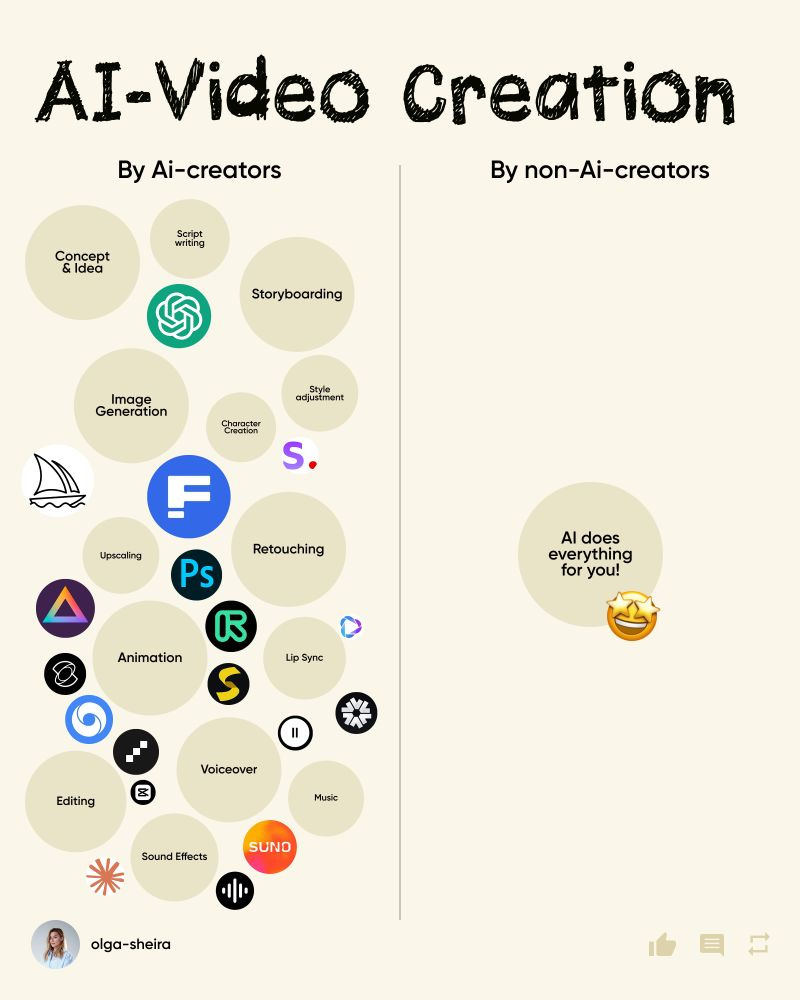
🩴 Flip side: People will love content if it’s good, whether that’s 100% AI-generated, 100% human-made, or somewhere in between.
❌ Lie #3: “AI will just replace artists”
Yes, AI can speed things up. Yes, it can automate parts of creative workflows. Yes, some jobs will change. But the real shift isn’t about replacement. It’s about access and expression.
As advertising legend Dave Trott put’s it:
“THIS is what AI should be for. Not just copying reality.”
Gen‑AI doesn’t just help replicate the polished—it helps people bring the weird, the imaginary, and the impossible to life. That’s the point.
(Video by Ingi)
Personally, I always wanted to be a 3D artist. But the learning curve, the tools, the pipelines—it all felt out of reach, until now.
With generative tools, I can finally build Marcel’s world. I can tell stories that used to live only in my head. I can direct scenes, shape style, and iterate like never before.
And that’s happening for thousands of others. And it’s only the beginning, with the rise of ‘playable’ content (e.g. Google’s Genie project), we’ll need more ‘world-builders’ than ever.
✅ Flip side: It’s not replacing artists—it’s unlocking more of them.
❌ Lie #4: “AI is stealing artists’ work”
Yes, many AI companies have trained on licensed work without consent. That’s a real issue. They should be held accountable, and better protections/rewards for artists are critical—especially because we’ll need more original artwork than ever (to train models but also just because we need good art).
But also:
Every good idea is built on what came before.
Remixing, referencing, combining ideas—that’s creativity.
Imagine a Shakespeare drama set in the Simpsons universe; that’s possible now.
🩴 Flip side: Use Gen-AI to create interesting new combinations, not to echo existing work.
❌ Lie #5: “AI makes everything feel less personal”
What’s more personal than turning your voice, your taste, your weirdness into a character like Marcel?
I’m not hiding behind AI. I’m using it to amplify who I am—
To express what I believe in faster, funnier, and more fully.
And I’m not alone.
Some of the most creative uses of Gen‑AI right now are deeply personal:
People are making puppets of themselves. Directing their own films. Infusing tools with personality, not prompt polish. Heck, even AI sceptic Nick Cage caved in, calling an AI-generated video of Elvis “soulful, moving, and entirely original.”
AI doesn’t erase the human.
It gives the human more ways to show up.
🩴 Flip side: It can—if you use it generically. But it can also make things more personal than ever.
❌ Lie #6: “Gen‑AI content is the only way to build a brand now.”
Gen‑AI is an incredible tool—but it’s not the whole thing.
You can use it to prototype faster, create smarter, and scale weirder ideas.
You can use it to create the most memorable assets, like mascots and jingles.
Creators can use it to enact scenes they never dreamed of, where possible.
But some of the most memorable brand moments still happen offline:
A physical gift that lands at the perfect moment
A pop-up that makes people feel part of something
A social media post of you doing funny stuff in the streets, interacting with people
I believe the future of brand-building is hybrid. Using AI to explore and scale the impossible, to expand your creative barriers, and using real actions that ‘don’t scale’ to show up as a brand in the most credible way.
✨ Final thoughts
Yes, some will use it to generate generic slop. Or to automate what can’t be automated. Yes, performance marketing will become even more of a race to the bottom. But let’s be honest—that was already happening. The sea of sameness didn’t start with AI. It started when we stopped taking risks.
Like Orlando Wood says:
Brand-building isn’t about safety. It’s about showmanship.
The bold. The playful. The interactive. The stuff that makes people look twice and feel something.
That’s what Gen‑AI can help us scale—not more content, but braver ideas.
If you want to learn how to build a brand powered by Gen-AI, subscribe to the next Buckle Up briefing to get behind-the-scenes tutorials, tips, and tricks.
Disclaimer: After reading this, you might think, ‘Stef drank too much of the Kool-aid’ and you’re probably right. I realize AI won’t solve most world problems; in fact, it might create a lot of new ones, but I’m just too excited about the opportunity it presents for creatives. Perhaps, my Mascot obsession has taken an Evil turn, who knows.



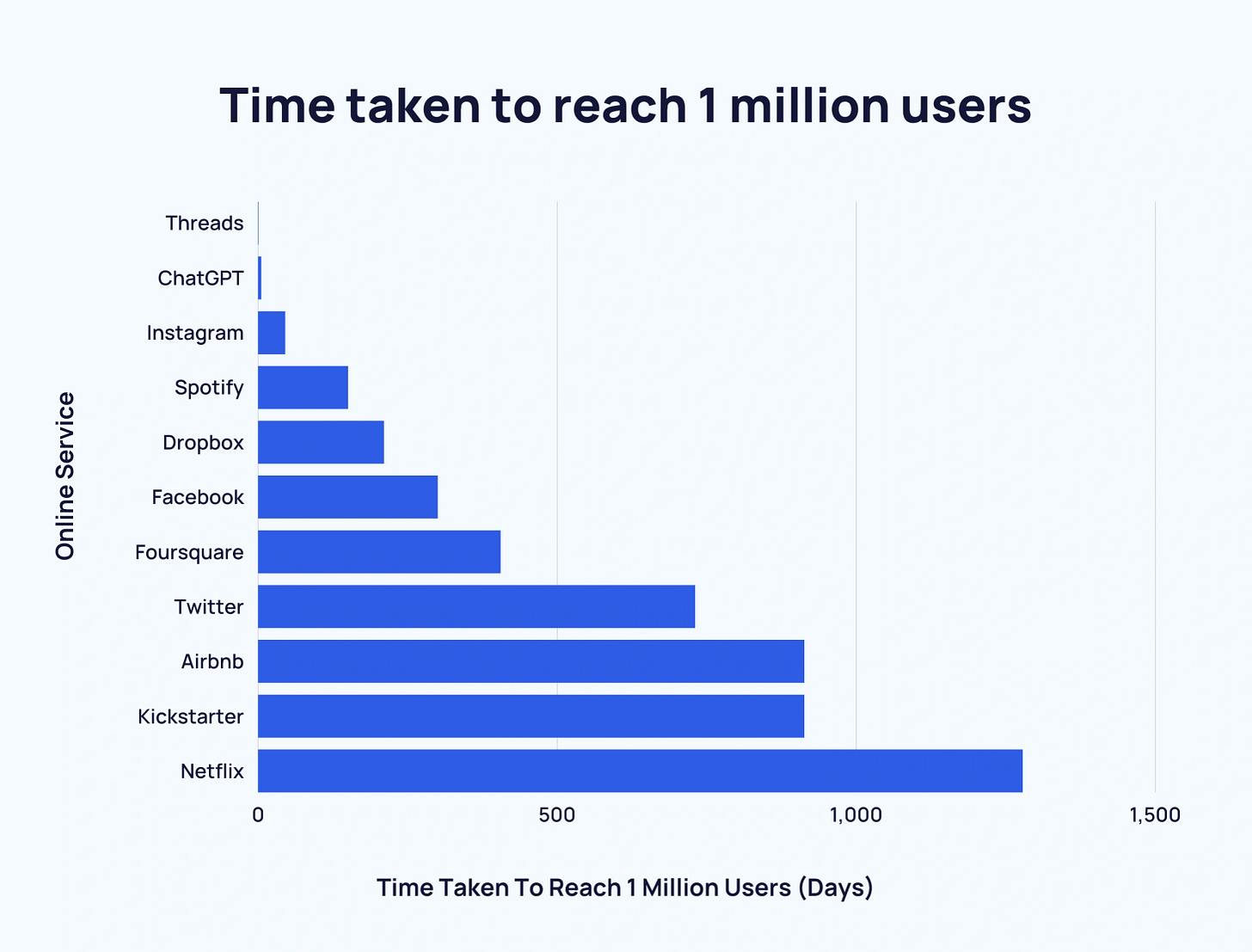
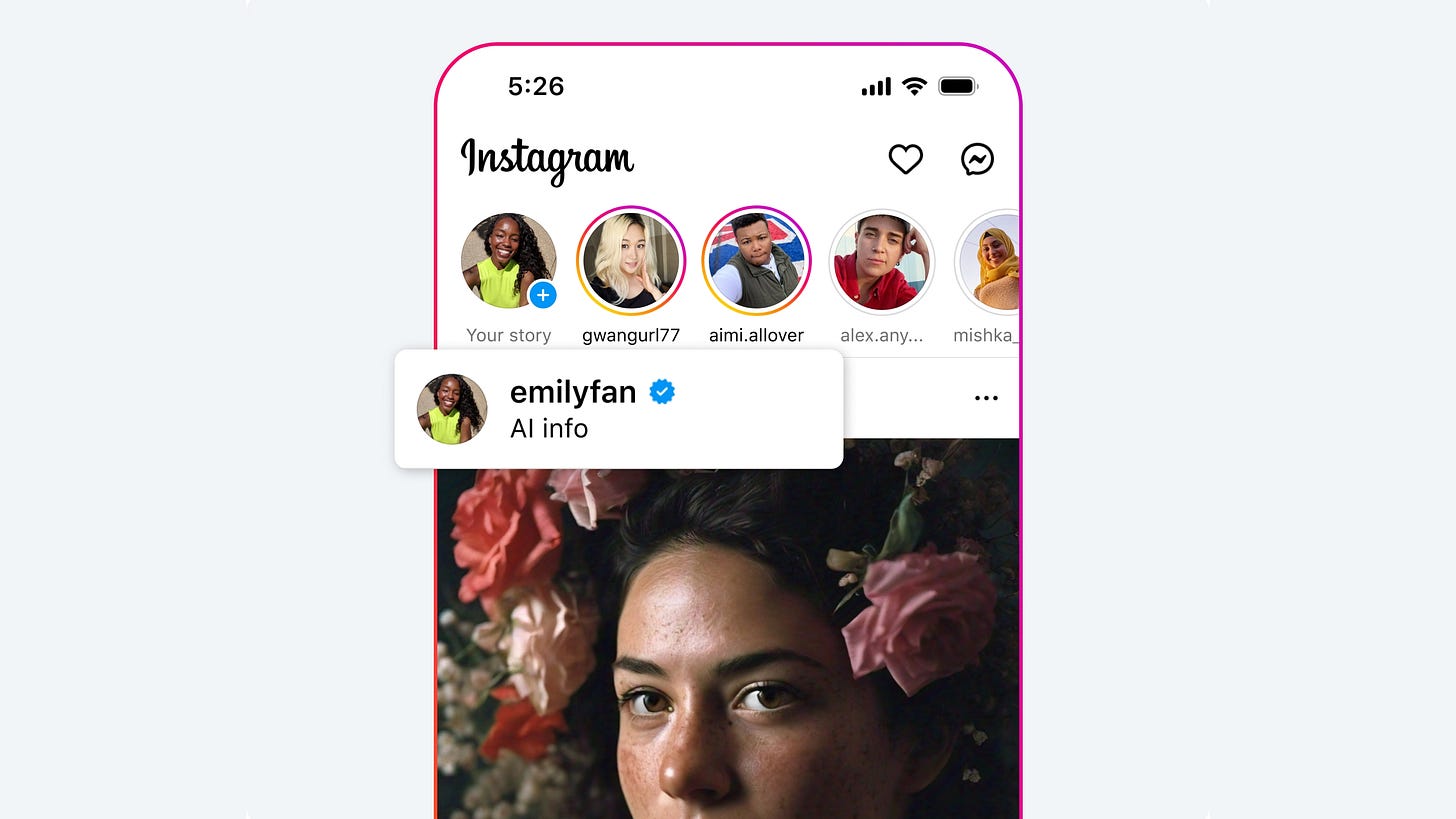
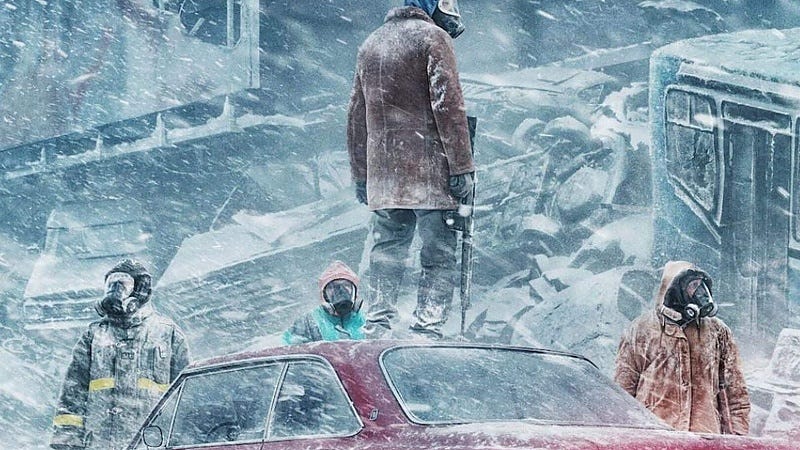
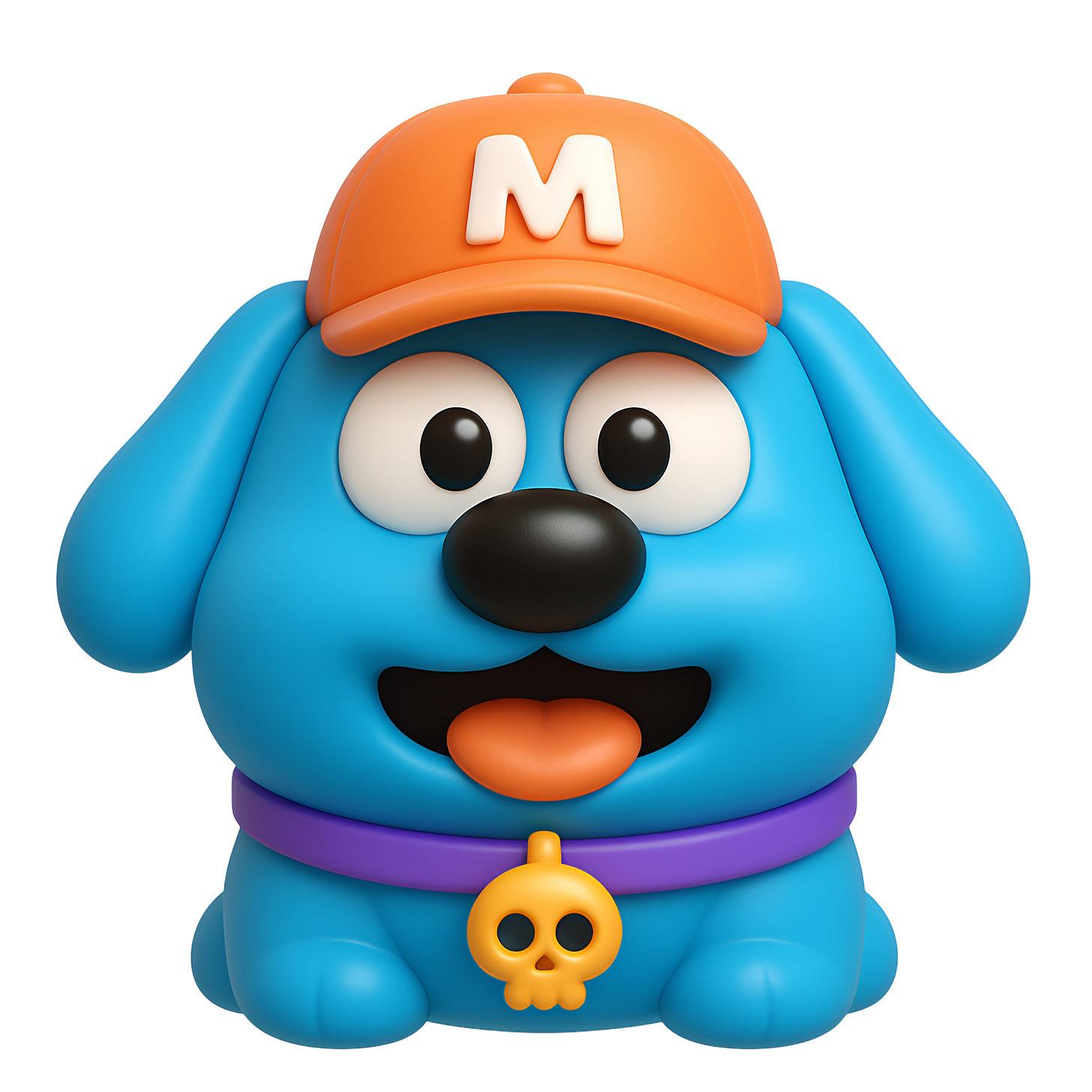
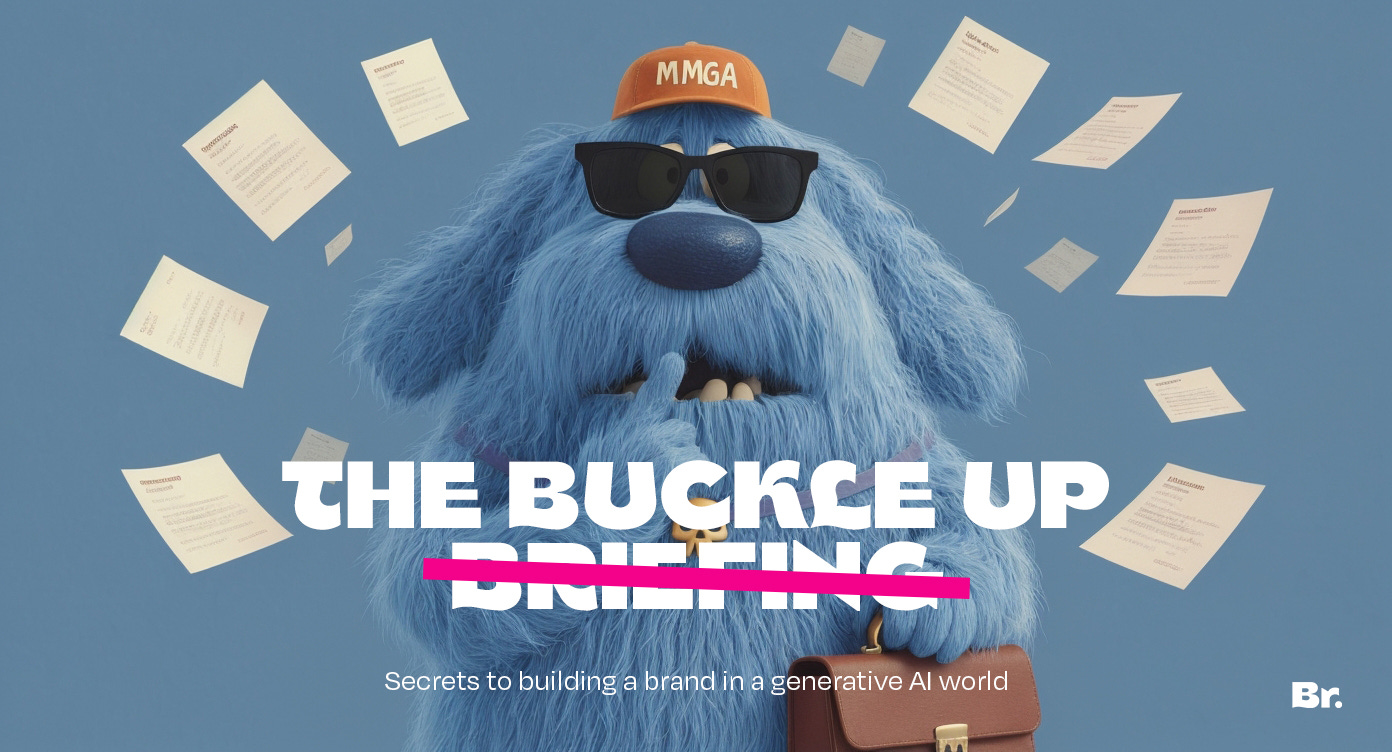
Hi Stef, I was wondering if you would be interested in participating in our research about the future of AI in Creative Industries? Would be really keen to hear your perspectives. It only takes 10mins and I am sure you will find it interesting.
https://form.typeform.com/to/EZlPfCGm
So the thing is you’re combining AI with a deep understanding of the theory of Distinctive Brand Assets, and the practical understanding of the constraints that made this costly, which are less of a constraint now. It’s not just AI - it’s all those things combined.